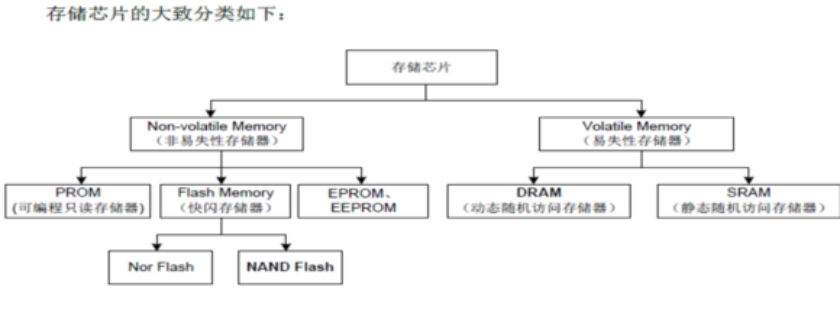Basic Knowledge You Need to Know About Storage Chips
Today, the LELEONG team will introduce some basic knowledge about storage chips.
First, let's talk about the concept of storage chips. Storage chips, also known as memory, are semiconductor devices that store information using electrical energy. The write and read process is reflected as the storage or release of electrons. Storage chips are widely used in memory, USB drives, consumer electronics, smart terminals, solid-state drives, etc. Currently, there is a trend to replace hard drives. Storage chips are one of the largest products in the global chip market.
Secondly, storage chips can be roughly classified as shown in the figure below:

according to whether the data stored after power failure will be lost. They are volatile memory and non-volatile memory, with DRAM and NAND Flash being representatives of these two types of memory, respectively.
Thirdly, DRAM has many types, the most common of which are FPRAM/FastPage, EDORAM, SDRAM, DDR RAM, RDRAM, SGRAM, and WRAM.
Finally, let's talk about Flash memory, also known as flash memory. It combines the advantages of ROM and RAM, not only has the performance of electrically erasable programmable read-only memory (EEPROM), but also does not lose data when the power is turned off while also having the advantages of non-volatile random access memory (NVRAM) for quick data retrieval. Flash memory is widely used in various applications. Currently, there are two main types of Flash memory: NOR Flash and NAND Flash.
Although there are many types of storage chips, DRAM and NAND Flash have become the main components of the storage chip industry.

